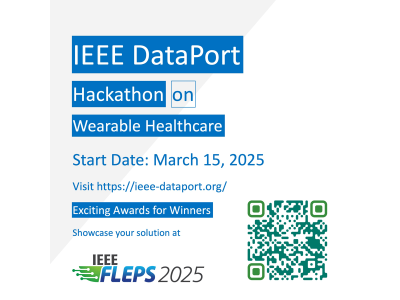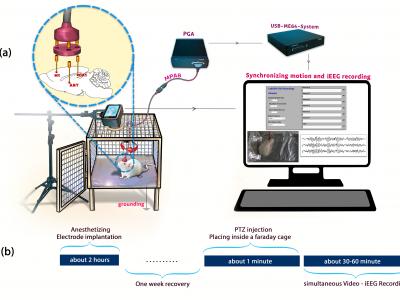**.mat

High-precision, high-resolution ultra-deep field astronomical observations are essential for detecting special celestial bodies and extremely rare astronomical events. Space astronomical telescopes can achieve this by employing the fine image stabilization system (FISS) to generate line-of-sight (LOS) dithering, enabling scientific instruments to obtain higher-resolution astronomical images through resampling and fusion algorithms. To meet the requirement for sub-pixel dithering control in the FISS of space telescopes, an adaptive control algorithm based on a single neuron is proposed.
- Categories:
 5 Views
5 ViewsThis dataset consists of images with two types of artificially added noise, intended for evaluating the robustness of machine learning models against noise perturbations. The first type of noise introduces randomly generated pixel values ranging from 0 to 255 at random positions in the image. The second type of noise adds binary noise by setting pixels at random locations to either 0 or 255. The dataset includes images with varying amounts of noisy pixels, allowing for detailed analysis under different noise intensities.
- Categories:
 26 Views
26 ViewsThe graph shows the force and voltage data obtained with the SMA Actuator System in four different scenarios. These scenarios were designed to capture the dynamic behavior according to the difference between the cooling times. The first two scenarios with long cooling times were used to examine the steady-state behavior, and the last two scenarios with short cooling times were used to examine the dynamic responses.
- Categories:
 38 Views
38 Views
Amid global climate change, rising atmospheric methane (CH4) concentrations significantly influence the climate system, contributing to temperature increases and atmospheric chemistry changes. Accurate monitoring of these concentrations is essential to support global methane emission reduction goals, such as those outlined in the Global Methane Pledge targeting a 30% reduction by 2030. Satellite remote sensing, offering high precision and extensive spatial coverage, has become a critical tool for measuring large-scale atmospheric methane concentrations.
- Categories:
 23 Views
23 ViewsThis database, collected at the Neural Engineering Laboratory, Iran University of Science and Technology, comprises iEEG recordings from Wistar rats during healthy and epileptic conditions. Recordings were collected from 5 rats (3 males, 2 females, weighing 260-378 g and aged 4-5 months). iEEG signals were recorded from 3 brain sites: motor cortex (left M1), thalamus (left ANT), and hippocampus (right CA1) of freely moving rats. As a result, for each rat, a matrix with 3 columns (representing the 3 signals) is available in this dataset.
- Categories:
 564 Views
564 ViewsSpread spectrum time domain reflectometry (SSTDR) is proposed to replace the VNA or UWB pulsed systems and switches in a microwave imaging system. These tests evaluate an SSTDR system (Keysight N7081A) from 2-4 GHz. 16 ultrawideband (UWB) antennas were placed in contact with the breast phantom. The McGill breast phantom is a hemispherical carbon-based phantom with the electrical properties of fat. A cylindrical hole allows for the insertion of a plug with fat properties or fat+tumor properties. These were both measured and provided in the attached data set.
- Categories:
 297 Views
297 Views
This dataset contains electrocardiography (ECG) data recorded under controlled laboratory conditions. The primary objective of the measurement was to evaluate and compare different types of electrodes made from conductive textile materials in terms of their signal quality and performance. The dataset includes recordings from both conventional adhesive electrodes and textile electrodes to assess their suitability for ECG monitoring.
- Categories:
 58 Views
58 ViewsTOWalk: A Multi-Modal Dataset for Real-World Movement Analysis
The TOWalk Dataset has been developed to support research on gait analysis, with a focus on leveraging data from head-worn sensors combined with other wearable devices. This dataset provides an extensive collection of movement data captured in both controlled laboratory settings and natural, unsupervised real-world conditions in Turin (Italy).
- Categories:
 309 Views
309 ViewsSynthetic EEG Dataset for CNN Training: Clean and Artifact-Contaminated Signals
This dataset consists of synthetically generated EEG and EMG signals designed for training Convolutional Neural Networks (CNNs) in artifact detection and removal. The dataset includes both clean EEG signals and EEG signals contaminated with simulated EMG artifacts from various sources.
- Categories:
 255 Views
255 Views





